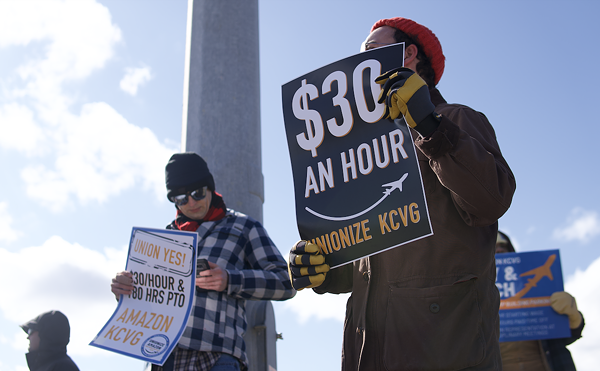Immigration has become a hot topic in the federal election debate. Immigrant families have become a political football, with congressional Republicans finally having the opportunity to realize some of their anti-immigrant dreams but punting when they saw the chance to score political points.
While much can be said about the politics of immigration — and believe me, you’ll hear a lot about it this Fall — some of the biggest misinformation comes in the (often bipartisan) rhetoric about the economics of immigration.
One of the biggest claims about immigration in America mindlessly parroted by politicians who haven’t balanced a budget sheet in their life is the following: immigrants cost us money. The argument is that people come from other countries and have to go to public school and take public benefits, costing American taxpayers money.
A recent report out of the Department of Treasury shows not only how simplistic this argument is, but how flat-out wrong it is.
A group of economists at the Department of Treasury estimated the impact of refugees and asylees on federal, state, and local budgets. They found that refugees and asylees actually had a net positive impact on public budgets. This means that they generated more revenue for public budgets than they cost in expenditures.
Why is this? It’s because refugees pay taxes.
These researchers estimated that over a 15-year period, refugees and asylees generated $360 billion in payroll, income, and excise taxes for the federal government and $220 billion in income, sales, and property taxes for state and local governments.
What would happen if these refugees and asylees weren’t here? We’d need to find somewhere to make up the lost revenue.
At the federal level, that means either piling on more to the national debt, cutting spending on programs like Social Security or Medicare, or raising federal income taxes. At the state and local level, which usually have balanced budget requirements, that means cutting education spending, health spending, or public safety spending or increasing state sales taxes or property taxes.
So basically refugees are paying to be here. And U.S.-born residents like most of the people reading this right now are the ones benefiting from it.
Now this isn’t to say refugees, asylees, and other immigrants don’t pose any costs to state and local governments. They go to public schools and many receive public benefits as well. But most immigrants who come to the United States plan to stay here. The Pew Research Center estimates three-quarters of immigrants in the United States are either naturalized citizens or “lawful permanent residents.”
This means investment in immigrants means investment in the U.S. economy in the long run. We know an educated workforce leads to a better economy for everyone. We know a strong safety net makes it more likely people will take risks that will lead to technological breakthroughs that lead to better lives for everyone. And we know immigrants are responsible for a larger proportion of new technologies than their numbers suggest they should.
So keep your mind sharp over the next few months. You’re going to hear both politicians you disagree with and politicians you agree with saying nasty things about people who look different from you costing you money. And most of what they say is going to be wrong.
This commentary was originally published in the Ohio Capital Journal and republished here with permission.






